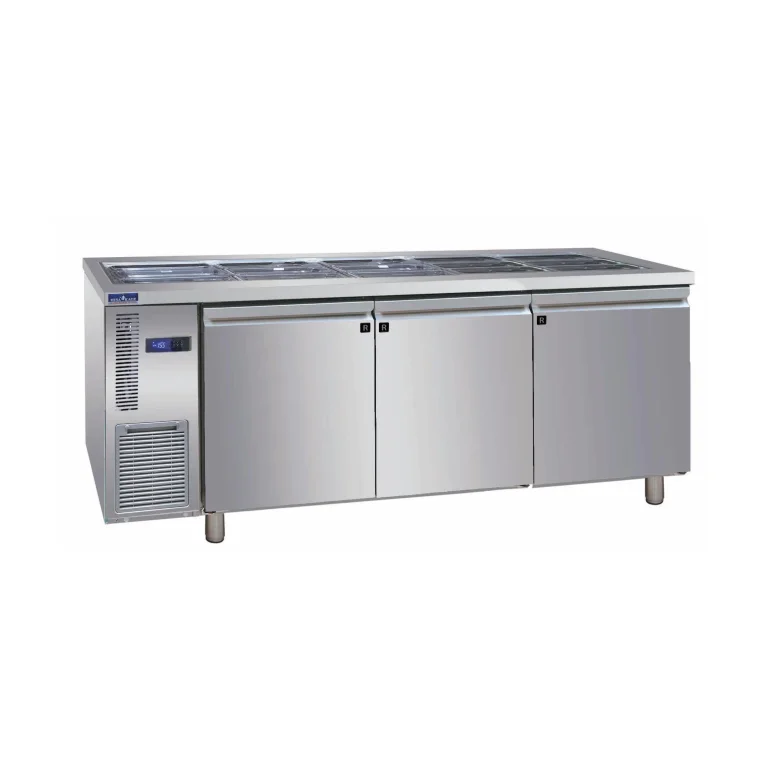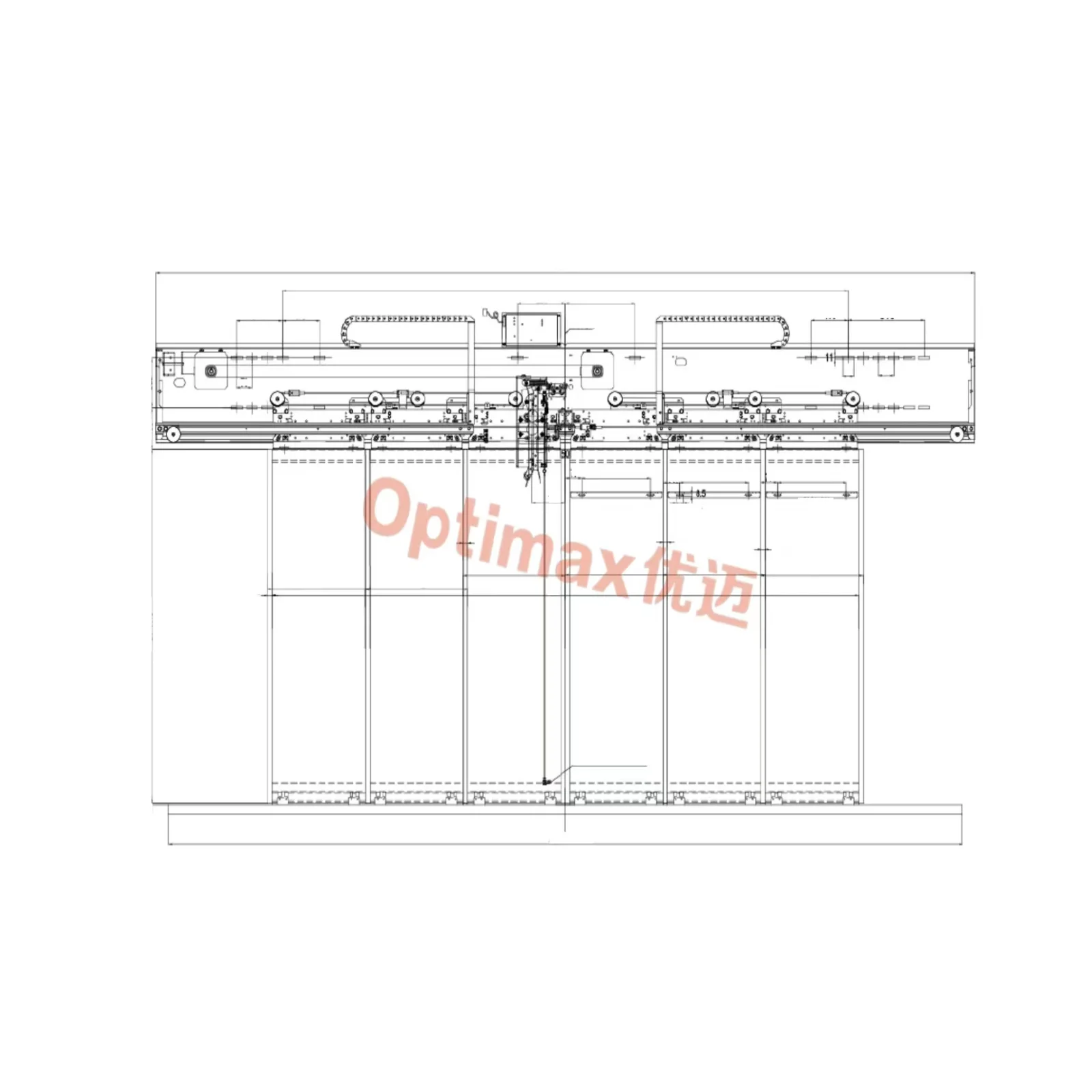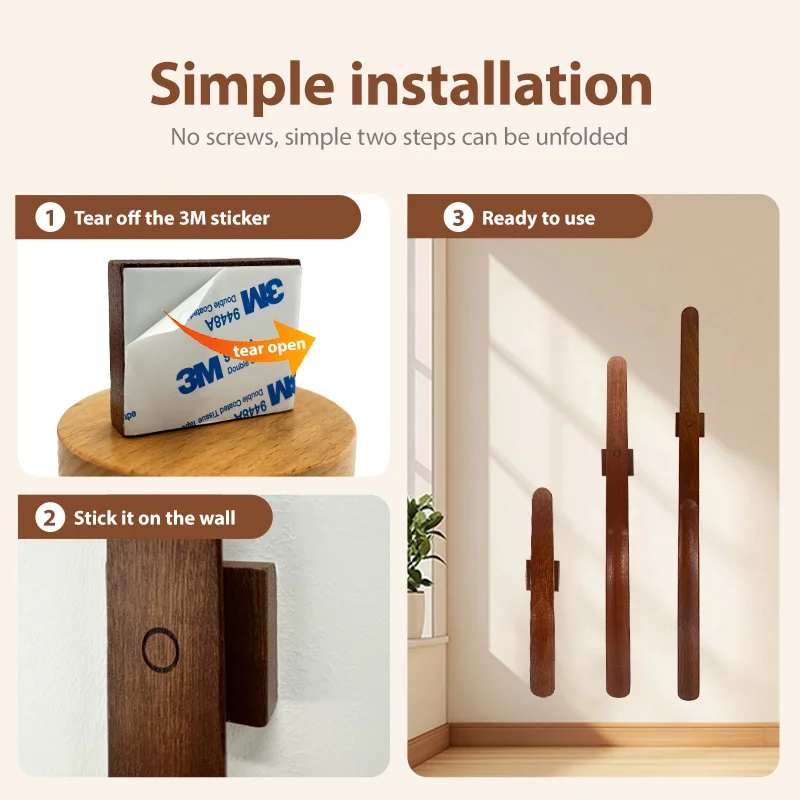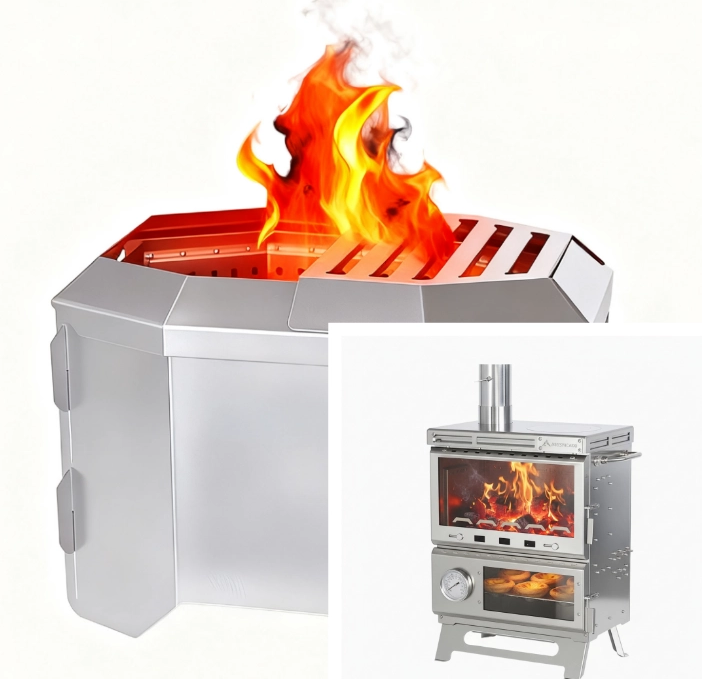In the restaurant industry, maintaining food freshness is not just about quality—it’s about reputation, safety, and profitability. Choosing the right refrigeration system plays a crucial role in ensuring that salads, vegetables, fruits, and other perishable ingredients stay fresh for longer. Two common options are air cooling salad refrigerators and traditional refrigeration systems, but which one is truly better for restaurants?
HISAKAGE REFRIGERATION EQUIPMENT CO., LTD., a professional manufacturer of commercial ice machines, refrigerators, and display cabinets, provides advanced solutions for food businesses worldwide. Let’s break down the differences between air cooling and traditional refrigeration to help you make the right investment for your commercial kitchen.

What Is Traditional Refrigeration?
Traditional refrigeration systems often use static cooling technology, where cool air flows unevenly inside the refrigerator. While this method is energy-efficient and cost-effective, it can lead to:
-
Uneven temperature zones
-
Moisture buildup
-
Faster spoilage of fresh produce
-
Increased risk of frost and ice formation
For restaurants storing large quantities of perishable foods, these drawbacks can negatively impact freshness and increase waste.
What Is an Air Cooling Salad Refrigerator?
An air cooling salad refrigerator uses fans to circulate cold air evenly throughout the storage compartment. This ensures consistent temperature and humidity levels, which are essential for keeping salads and vegetables crisp, colorful, and safe. HISAKAGE designs these refrigerators specifically for heavy-duty commercial use, making them highly reliable for busy restaurants.
Key Differences and Advantages
1. Cooling Performance
-
Traditional Refrigeration: Prone to temperature fluctuations.
-
Air Cooling: Maintains stable and uniform cooling, extending food shelf life.
2. Freshness Retention
-
Traditional Refrigeration: Can cause condensation, leading to soggy vegetables and wilted salads.
-
Air Cooling: Preserves natural texture and crispness, ensuring food looks and tastes fresh.
3. Hygiene and Safety
-
Traditional Refrigeration: Frost buildup increases the risk of bacterial growth and cross-contamination.
-
Air Cooling: Better air circulation reduces moisture and bacteria, enhancing food safety compliance.
4. Energy and Efficiency
-
Traditional Refrigeration: Lower initial cost but may lead to higher waste due to food spoilage.
-
Air Cooling: Slightly higher upfront investment but more cost-efficient in the long run due to reduced waste and reliable operation.
5. Suitability for Restaurants
-
Traditional Refrigeration: Adequate for limited or non-perishable storage.
-
Air Cooling Salad Refrigerator: Ideal for restaurants, hotels, and catering businesses that rely on fresh produce and daily salad preparation.
Why Restaurants Choose HISAKAGE
As a trusted B2B manufacturer, HISAKAGE understands the challenges food businesses face. Their air cooling salad refrigerators are:
-
Built with durable, commercial-grade materials
-
Designed for continuous, high-volume use
-
Easy to maintain and operate
-
Engineered for freshness, safety, and efficiency
Conclusion
When it comes to choosing between air cooling salad refrigerators and traditional refrigeration, the decision is clear for restaurants. While traditional systems may be cheaper at first, the air cooling option provides superior freshness, food safety, and long-term savings—making it the smarter investment for professional kitchens.
For businesses that demand reliability and quality, HISAKAGE offers innovative refrigeration solutions that keep ingredients fresh and customers satisfied.
www.hisakage.com
HISAKAGE REFRIGERATION EQUIPMENT CO.,LTD.




+ There are no comments
Add yours